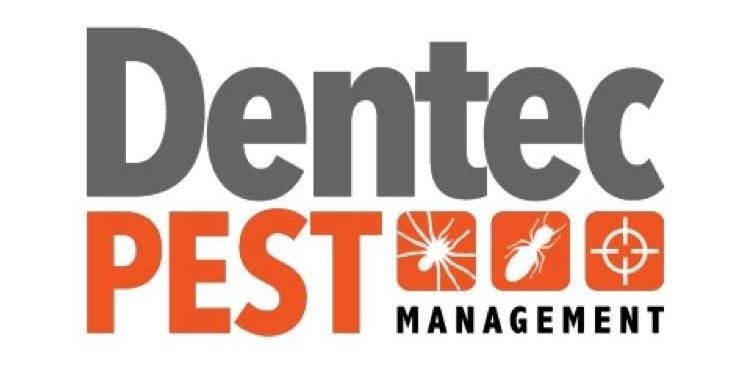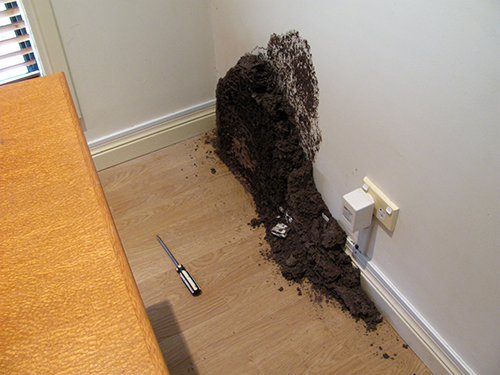5 Easy Ways to Identify if You Have a White Ants' Nest in Your Home
White Ants or termites are a threat to homes and wooden buildings in many areas of Australia. They have the potential to damage the structure of your home, so it’s extremely important that you’re able to spot the signs that you may have an infestation. In some cases, the presence of white ants can go undetected for many years and by the time you do realise you have an infestation, they can already have caused thousands of dollars of damage. Therefore, early detection of a white ants nest is crucial.
SIGNS OF WHITE ANTS ON YOUR PROPERTY
Termites, often known as white ants, are a pest that has to be faced across Australia. They operate in huge numbers and what they do is eat: simple as that. They eat wood, and if that wood happens to be part of your property, then it becomes your problem. But how do you spot evidence of white ants?
HOW DO YOU KNOW WHAT TO LOOK FOR WHEN LOOKING FOR A WHITE ANTS NEST?
To be honest, they aren’t that easy to spot and sometimes, by the time you have found them, it’s too late! That’s why regular professional termite inspections in Dubbo are always a good idea.
If you think you may have succumbed to the dreaded termite, here are 5 easy ways to determine whether you have a white ants’ nest in your home.
- Mud Shelter Tubes: It’s sometimes possible to see the mud shelter tubes built by the ants for protection attached to brick foundations or architraves. As the termites enter a structure, they use mud to protect themselves from predators.
- Clicking Sounds: If you have a large active termite infestation in your property, you’re likely to hear clicking sounds. This noise is the result of the soldier ants banging their heads when disturbed. A termite colony consists of a Queen and nymphs (babies), a King, workers, soldiers and elates which are winged reproductive termites. You may also notice evidence of flying ants around your home – a sure sign that you have an infestation.
- Hollow-Sounding Timber: As the termites eat the timber, it loses its structural integrity. This results in a hollow sound when tapped. The timber may also have a ‘papery’ appearance.
- Easily Damaged Skirting Boards, Architraves and Plaster: The constant removal of wooden fibres and cellulose impacts the structural integrity of skirting boards, architraves and plaster which means that even a small knock to these areas will cause damage. You may also see cracks in paint and plasterwork.
Sagging or Uneven Floors, Ceilings, Walls and Doors: Unfortunately, when these signs appear, the infestation is already well established. The termites have compromised the structure of your property to such an extent that there is a loss of structural integrity. You may also find that your doors and windows will become difficult or impossible to open.
IF YOU THINK YOU MIGHT HAVE A WHITE ANTS NEST AT HOME, CALL IN THE EXPERTS
Quite often, you may be aware that you have a termite problem, but you cannot find any evidence of a nest – termites are very clever at hiding and often there are no obvious outward signs. Even if you do discover a white ants nest, it may be difficult to access.
If you think you have termites and you do find their nest, don’t be tempted to disturb it until you have spoken to the professionals. If you disturb the white ants, they may abandon their nest and set up another one elsewhere. In effect, you will have just moved the problem. The only way to stop a termite infestation is to tackle the problem at the source.
However, as we’ve already said, white ants or termites can live undetected for many years until it’s too late, so the best way to prevent a termite infestation is with regular pest inspections of your property by a professional. We recommend yearly inspections or more regular inspections if you live in an area that is prone to white ants infestations. We can also offer advice on steps you can take to reduce your chance of an infestation.



